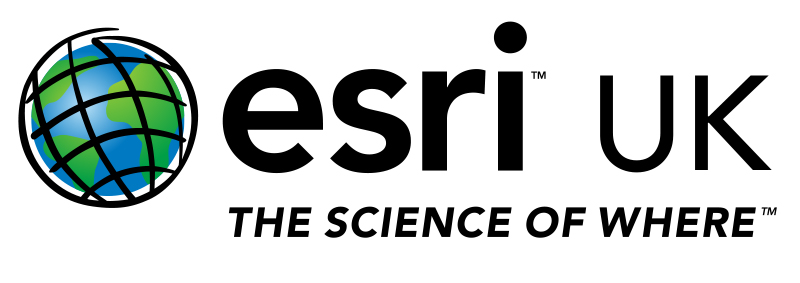How can Housing Associations realise strategic goals with GIS?
/There is a lot of talk about how a Geographic Information System (GIS) can enable housing associations to improve tenant services, boost efficiency and streamline asset management – as well as meeting regulatory requirements.
If you’re starting out with GIS in housing or thinking about extending your use of this technology then the question has to be how easy is it to get started and ultimately how easy is it to realise your strategic goals for a successful roll out?
The starting point is actually getting the locations of your properties onto a map of your area – and this is typically easily done. Each property has an address and in addition there may even already be coordinates. If not then a simple process called geo-coding will convert the address into coordinates. From there your GIS technology should be able to consume the list of properties and visualise them on a map. There should be a range of base-maps readily available and it should be possible to avoid maintaining that data locally by accessing the base map from the cloud.
Very quickly then you should be up and running with a visualisation of where your properties are, be able to click them to explore details and be able to change the way they are marked on the map – perhaps to indicate the property type or any other aspect contained in the data – See figure 1.
Figure 1 - property outlines on a map with contextual information added into the visualisation
Your GIS platform should enable you to go beyond points for each property by allowing you to easily trace out the outlines of the properties. From there you can add contextual information like grounds you maintain, local amenities, boundaries and even trees.
The next piece of the puzzle is pulling in data from your housing information management system. This additional information allows you to start to analyse issues like rent arrears or to plan maintenance based on the property condition. A common efficiency gain arises from accurately identifying and measuring grounds requiring maintenance. Accurate information enables significant cost savings by ensuring that you only contract for the right grounds and the exact size of the grounds.
Figure 2 - A Web App providing a tree survey capability
It’s great to have all this information and analysis but its value to the business is limited unless it can be made available to your staff both in your offices and out in the field. Web Apps are a great solution for staff who need a focussed capability with just the information and options they need to do their job – and your GIS should be able to publish a Web App like this directly to the cloud with no need for specialist technical skills. For maintenance staff and others working in the field the GIS should be able to similarly publish a native App for common Apple, Android and Windows devices – again with no specialist technical skills required.
Figure 3 - a mobile app for tree surveys
So, getting up and running with GIS should be very easy – and once you are, this versatile technology can support right across your organisation, including office and field staff. A rapid roll out using out of the box capabilities should be possible to deliver significant return on investment. There should be on boarding and support services available to ensure success.
To find out how housing associations are using GIS, take a look at Sovereign Housing, GreenSquare Group and Aster Group – just a few examples of significant benefits realised from applying GIS.
To find out more about how Esri’s ArcGIS Platform is used to deliver GIS capabilities for housing associations, view the YouTube playlist below. If you would like to know more please contact me...





